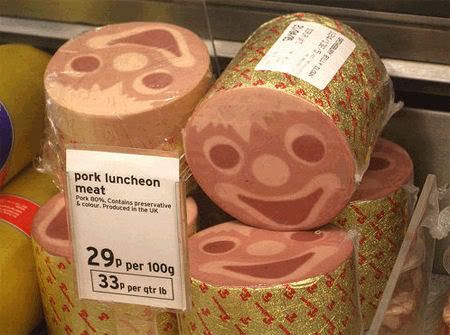Sometimes I overlook the fact that cuts of meat as well as cutting and preparing meat can be confusing to some folks. To make things worse butchers just ain't what they used to be. There are still some real ones out there, and if you find one consider yourself lucky, but I'll just say they are not as common as you would expect. With this in mind you need to know your way around the meat case and not be afraid of a little cutting board work every now and then.
First I'm going to talk about names. In barbecue circles, the names we use a lot can be really confusing. Farther on down the page are some charts and some of my photographs illustrating some meat-cutting.
For example, a pork butt comes from the front of a pig (the shoulder), not the end you would expect. And a Boston butt got it's name from the wooden casks (called butts) that the "Boston cut roasts" were packed in. The blade end of the shoulder is what we generally refer to as a "butt"You most likely know that a brisket comes from the chest of a steer, but did you know the point (or nose) is the forward end? And speaking of steers, that is the "beef" we use for barbecue...we generally don't use cows and we almost never use bulls. What's the difference between a steer and a bull you ask? Well, a steer is lacking some .....uh, hardware so to speak. Tri-tip - There are often regional names and nicknames for certain cuts of beef, and there are also some new names born from marketing. A tri-tip is a perfect example of this. They come from the bottom of the sirloin, and there are only two tri-tip roasts on each steer. Very popular in California around Santa Maria, where they grilled over a hot fire, they are often hard to come by in the Eastern US. Your butcher may know them as a triangle roast. Hanging Tenders are more uncommon than tri-tip, there is only one per steer and it's about 7 or 8 inches long, and weigh a little more than a pound. NO, it's not what you are thinking (that part of a bull is measured in feet!) A hanging tender is found between the 12 & 13th rib, and can be cooked whole or cut into Hanging Tender Steaks or Onglet Steaks. A Flat Iron Steak is relatively new, uh...wait a minute.... I mean it's always been there, but some clever folks at the University of Nebraska led a marketing plan to produce this particular cut. Technically it's a beef shoulder, top blade steak that has had the tendon removed. It is well marbled and quite flavorful. They are well worth asking for at the meat counter.... If your butcher looks at you like you've been reading some fancy cooking magazine, just tell him to look up NAMP # 1114D. Now, if he says "What's NAMP?" You might want to find another butcher. What is NAMP? It stands for North American Meat Processors Association.
This organization publishes The Meat Buyers Guide, which assigns a number to both large and small cuts of meat. It's the meatcutters and meat buyers bible. Surely, you have heard the expression "eatin' high on the hog", well that is referring to cuts of pork along the backbone like the loin, tenderloin and back ribs. You know the high dollar cuts.Ever wonder how a Porterhouse steak came by that name? They were served at "Porter Houses" along the early coach routes. And you know that little muscle, the really tender one, that's the tenderloin (which is the same hunk of meat that chateaubriand is prepared with) otherwise known as a filet, or is it fillet. Heheee, either one is acceptable.And guess what..... If you see Rocky Mountain Oysters on the menu, be advised they don't come from the ocean. Think of them as "swinging beef". I go nuts over them.You most likely have had corned beef on St. Patrick's Day, but have you ever eaten pastrami? It's just corned beef that is seasoned and smoked. Corned beef got it's name because in the old days "corns" of salt were used to cure it.Pork "Country Ribs" are cut from the loin in the Eastern US and from the shoulder (butt) in the Western US.Ever hear of an Airline Breast? It's a chicken breast with one joint of the wing left on. If was served on airplanes years ago, it makes the portion look bigger. Did you know that City Chicken is not chicken at all? Nope, it's cubes of pork and veal on a skewer, then dipped in egg and crumbs, then sauteedA city ham is still a ham. It's the general name for a very mild and not very salty ham. Your standard grocery store hams are all city hams. A country ham on the other hand is one that is salt cured for a very long time and develops a strong flavor and can be salty if not soaked in water before cookingWe see commercials for SPAM all the time, but what does it stand for??? No, I'm not talking about the annoying pointless e-mails that show up in your in-box, I'm talking about the tinned meat product made by Hormel. SPAM is an acronym for spiced ham. The residents of Hawaii are the biggest consumers of SPAM.I make kebabs all the time, but why did the Middle Eastern Cooks come up with idea to cube everything and cook on skewers? Well, for kind of the same reason that Chinese cooks cut up their food in to smaller pieces..... Fuel. Or lack of it. When you don't have an abundant fuel source you cook smaller pieces, which take less fuel and cook faster.Throughout history spices have always commanded a pretty penny. Peppercorns were even used as money in certain civilizations..... why were spices in such high demand? Sure a little of this or that can dramatically change the flavor of things. But in the old days (like before refrigerators) folks were kind of limited to what they ate. Lets say all you had to eat was lamb, after a few years it would get pretty boring. A few spices would let let you change things up a little. So I guess variety really is the spice of life. Enhanced Meats - Do you read labels or do you select meats based on appearance and price? Some pork and poultry products have labels that say "Naturally Tender", "Moist and Tender", "Guaranteed Moist", "Self Basting" or "Deep Basted". These terms indicate that they have been injected with a solution to increase moisture, give a longer shelf life and make them more tender. This all sounds dandy, but the solutions can be up to 15% of the weight, so you are paying up front for chemicals in liquid. Buy only natural meats, season and cook them properly and you will be pleased. If you want to experiment with enhancing your own meat, look into flavor brining, which works on both pork and chicken. Speaking of labels, "FRESH Pork" means it has not been frozen or cured. We usually think of a ham as a cured product, but you can buy a fresh ham. When it's cooked it is basically roast pork. "Previously Frozen" - This means that the meat in the counter has been frozen and now has been thawed out. Meat should be frozen one time only to avoid drying it out. When you see previously frozen meat for sale, it's okay to buy it and cook it, but I would not recommend buying it and re-freezing it. Charts
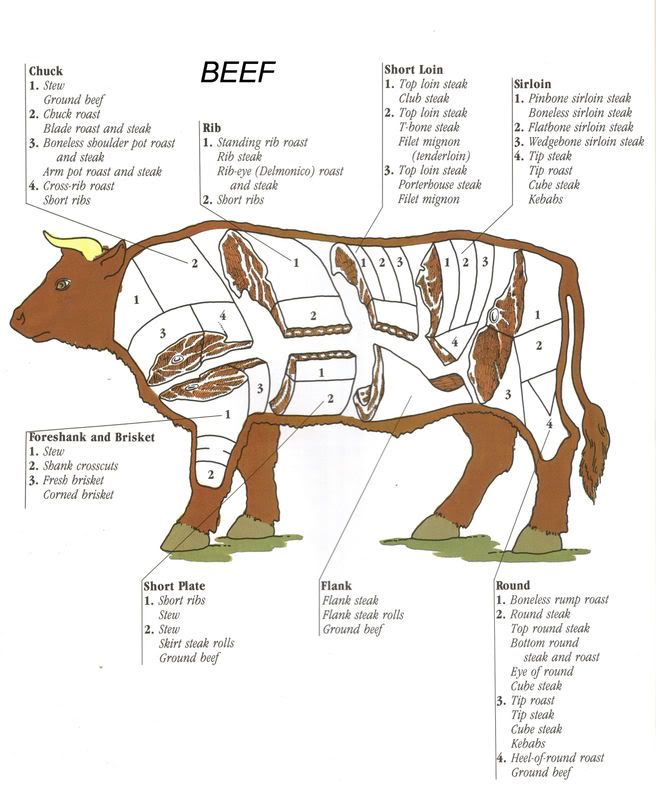


Porterhouse & T-Bone Steak
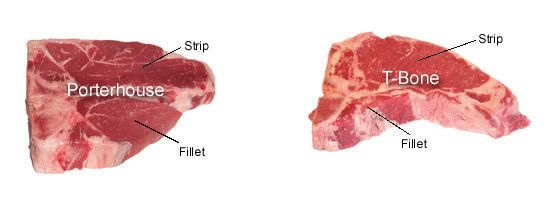
Anatomy of a rib steak

Whole Beef Tenderloin
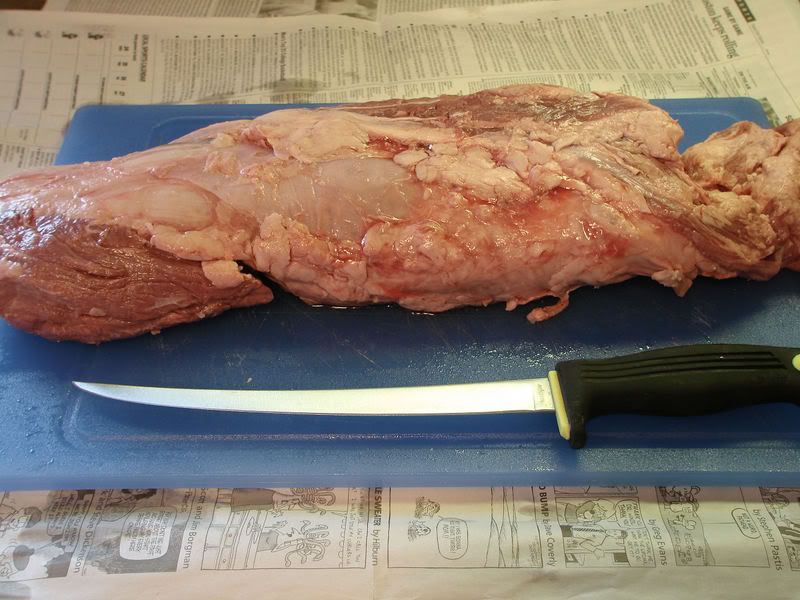
Whole Beef Tenderloin - Chain Removed & Cut In Sections
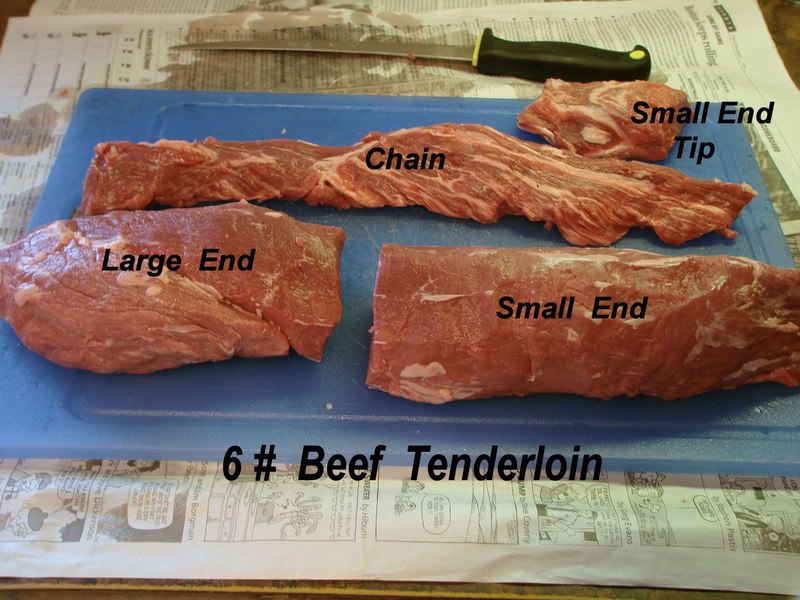
Whole Beef Tenderloin - Steaked Out
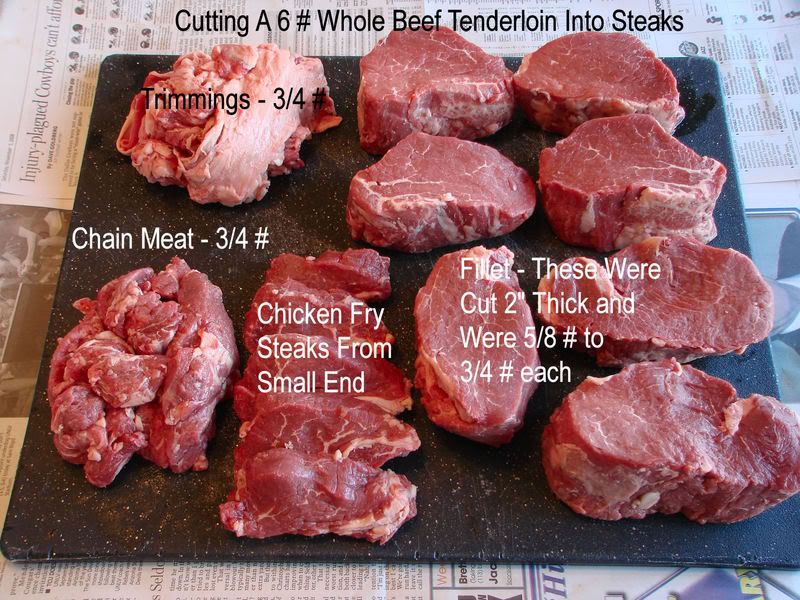
Chuck Roll - Section Cut
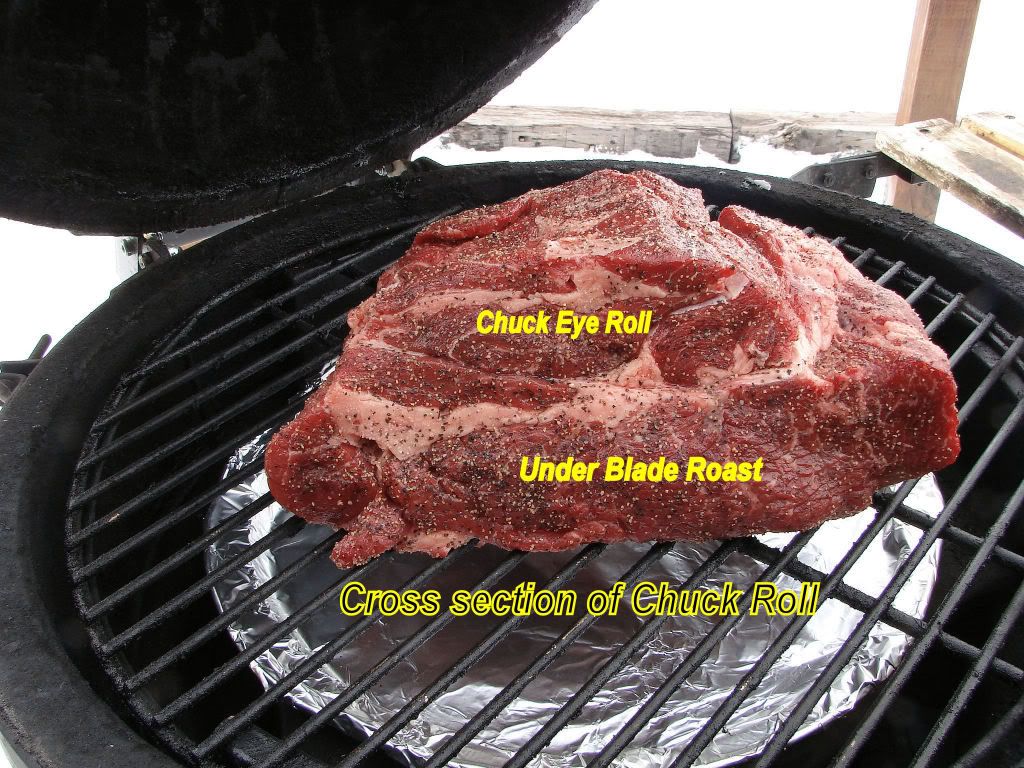
Chuck Roll - Whole
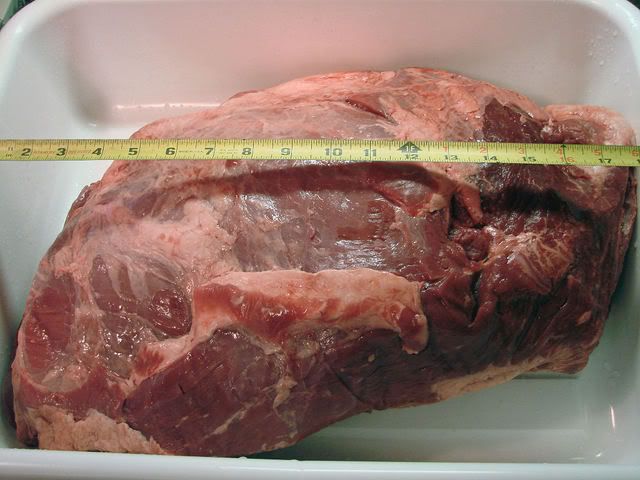
Chuck Roll - Cut Into Roasts
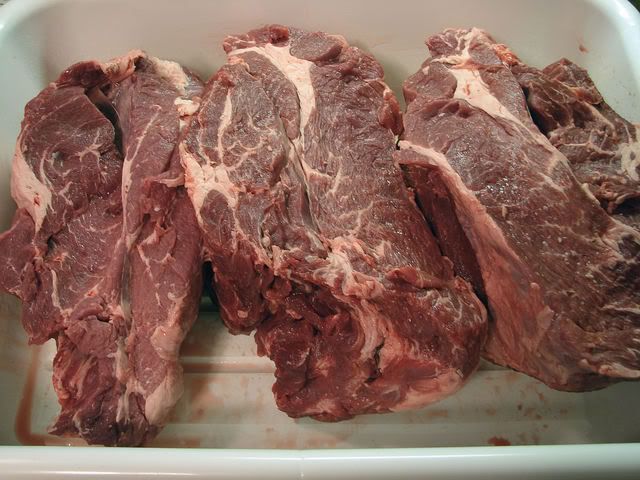
The shoulder clod is the next door neighbor to the chuck roll
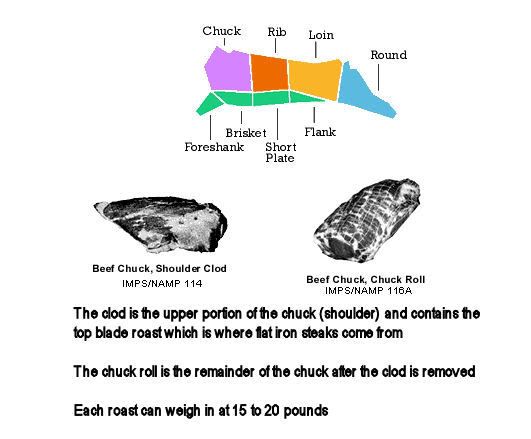
Steps to de-bone a trout or salmon
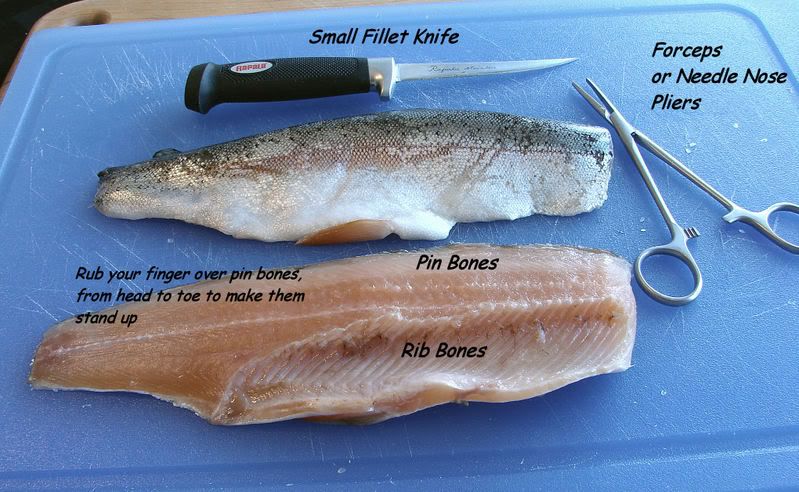
The pin bones are simply plucked out with the forceps. Sometimes you can get 2 or 3 at the same time.
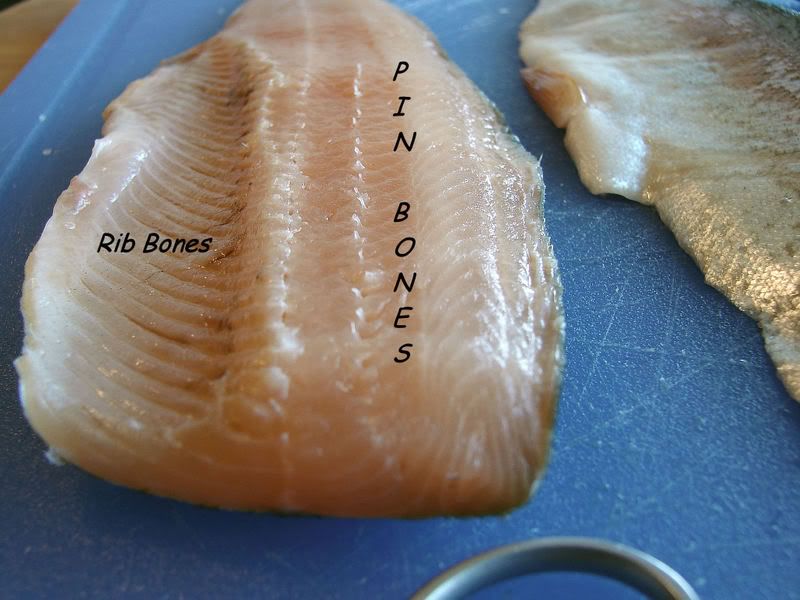
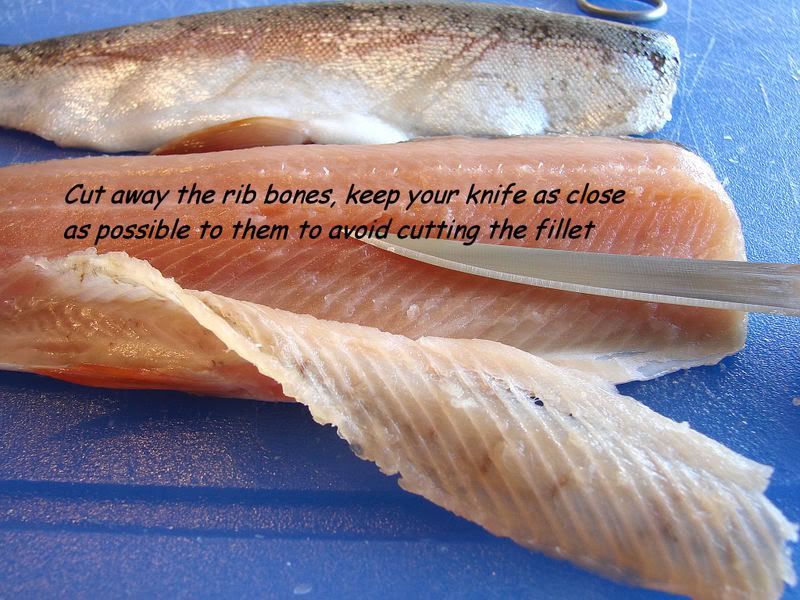
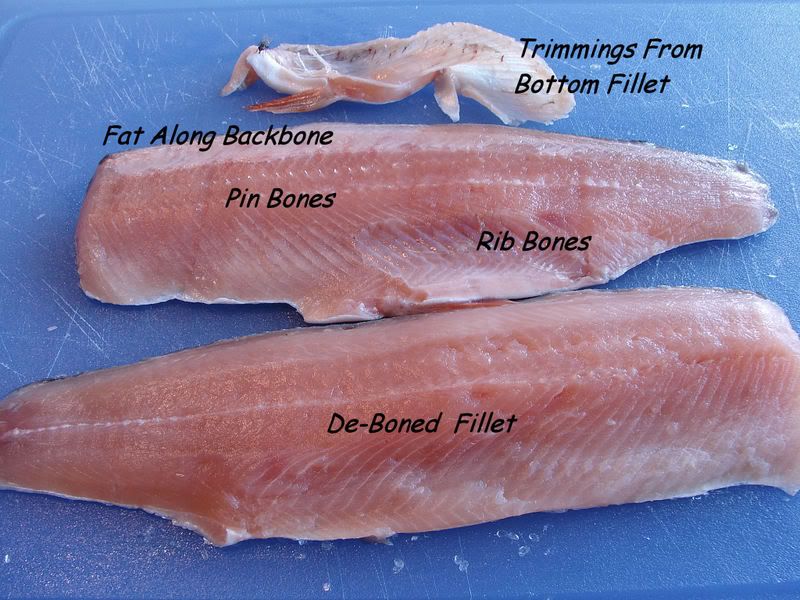
What the heck is this? Maybe a happy meal??? I think it was called "Clown Meat"
